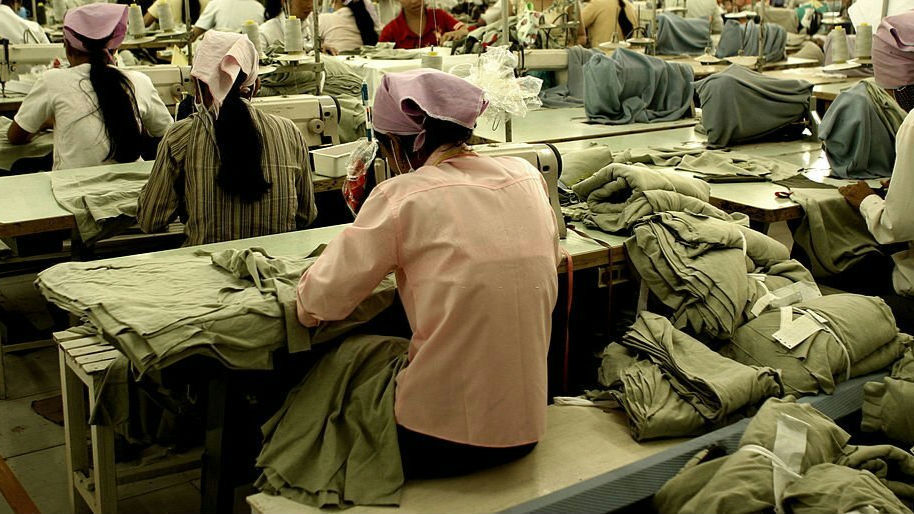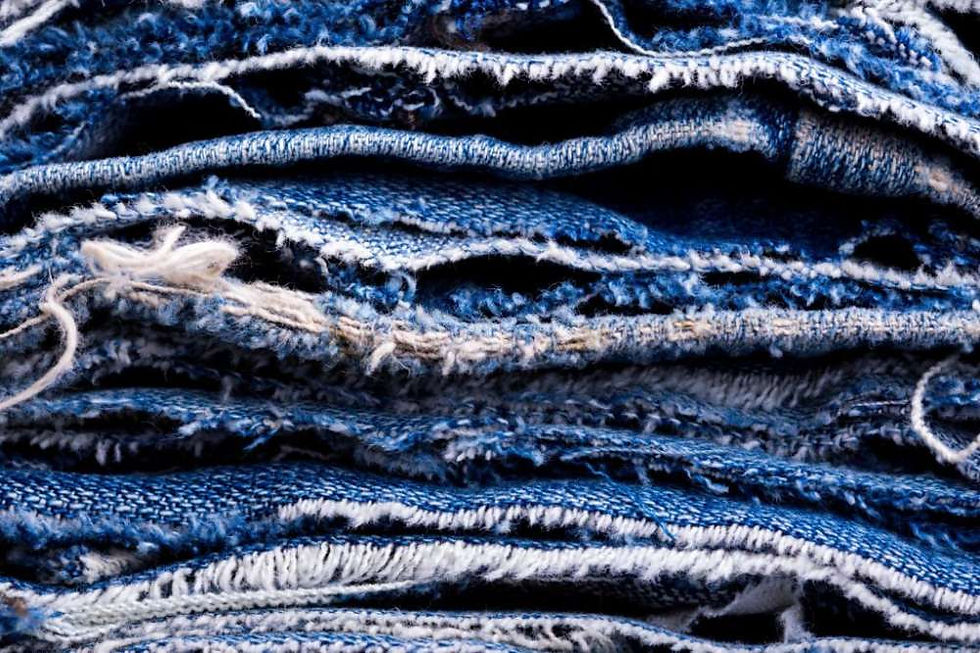In today's consumer-driven society, affordable clothing has become a popular choice for many. But is it really worth it? In this article, I will argue that the race to offer the cheapest clothes has led to the exploitation of workers, environmental degradation, and the loss of quality in the clothes we wear.
The Cost of Cheap: Exploitation of Workers

Made in Sweatshops: The Human Cost of Fast Fashion
The demand for cheap clothing has resulted in the exploitation of workers in developing countries. Many companies outsource their manufacturing to countries with low labor costs, where workers are paid meager wages and are often subjected to inhumane working conditions. The result is that workers are forced to work long hours in unsafe environments to meet the demands of the global fashion industry. This is not only a moral issue, but it also has a ripple effect on the economies of these countries.
Counterargument: "But cheap clothing provides jobs for people in developing countries."
Response: Yes, it does provide jobs, but it is not a sustainable or fair solution. Workers deserve to be paid a living wage and work in safe conditions, regardless of where they are located.
Environmental Degradation

Disposable Fashion: The Environmental Impact of Fast Fashion
The fast fashion industry is one of the biggest contributors to environmental degradation. The constant demand for new clothing results in the depletion of natural resources and the generation of vast amounts of waste. In addition, the use of synthetic fibers and harsh chemicals in the manufacturing process contributes to air and water pollution, which has a negative impact on our health and the environment.
Counterargument: "But companies are becoming more eco-friendly and using sustainable materials."
Response: While some companies are making an effort to be more environmentally conscious, the vast majority are not. And even those who are making an effort are still contributing to the overall problem. The best way to be environmentally friendly is to buy less, and to invest in high-quality clothing that will last for years.
Loss of Quality

The Price of Poor Quality: The Decline of Durability in Affordable Clothing
Cheap clothing is often made with low-quality materials and poor workmanship, resulting in clothing that quickly falls apart after just a few wears. This not only wastes our money, but it also contributes to the growing problem of textile waste. The focus on producing clothes as cheaply as possible has resulted in a decline in the quality of the clothes we wear.
Counterargument: "But not everyone can afford to buy high-quality clothes."
Response: While it is true that high-quality clothing can be more expensive, it is ultimately more cost-effective in the long run. Investing in clothing that will last for years, rather than replacing it every few months, will save money in the long run and reduce our impact on the environment.
The Illusion of Choice

The False Promise of Choice: How Affordable Clothing Limits Our Options
The abundance of affordable clothing options may seem like a good thing, but it actually limits our options. When we focus on buying the cheapest clothing available, we are not investing in pieces that will last and can be worn in a variety of ways. Instead, we are limited to a few cheap options that quickly go out of style and must be replaced.
Counterargument: "But everyone has the right to choose what they wear, regardless of the price."
Response: Of course, everyone has the right to choose what they wear, but we should also consider the impact our choices have on the environment and the people who make our clothing. Buying affordable clothing may seem like a personal choice, but it has far-reaching consequences that affect us all.
The Cycle of Consumption
The Endless Cycle: How Affordable Clothing Feeds into Consumerism
The constant demand for affordable clothing has fueled a culture of consumerism, where we are constantly buying new clothes to keep up with the latest trends. This constant cycle of consumption is not only unsustainable, but it also has a negative impact on our mental health and well-being.
Counterargument: "But buying new clothes makes us feel good and boosts our confidence."
Response: While it may feel good in the moment, the long-term impact of our choices is what we need to consider. Buying affordable clothing that quickly falls apart and needs to be replaced only contributes to the cycle of consumption and waste. Instead, we should invest in high-quality clothing that will last for years and can be worn in a variety of ways.
The Power of Our Choices

The Power of Our Purchases: How Our Choices Can Make a Difference
We have the power to make a difference with our choices. By choosing to invest in high-quality, sustainable clothing, we are sending a message to companies that we value ethical and environmentally friendly practices. This, in turn, will encourage companies to change their practices and offer better options for consumers.
Counterargument: "But individual choices won't make a difference in the grand scheme of things."
Response: While it may seem like individual choices won't make a difference, every choice we make has an impact. If enough people make the choice to invest in high-quality clothing and demand better practices from companies, real change can happen.
Conclusion
In conclusion, affordable clothing may seem like a good option in the short term, but it has far-reaching consequences that affect us all. The exploitation of workers, environmental degradation, loss of quality, limited options, and the cycle of consumption are just some of the problems associated with the race to offer the cheapest clothes. As consumers, we have the power to make a difference by choosing to invest in high-quality, sustainable clothing and demanding better practices from companies. It's time to move away from the fallacy of affordable clothing and embrace a more ethical and sustainable way of dressing.

Comments